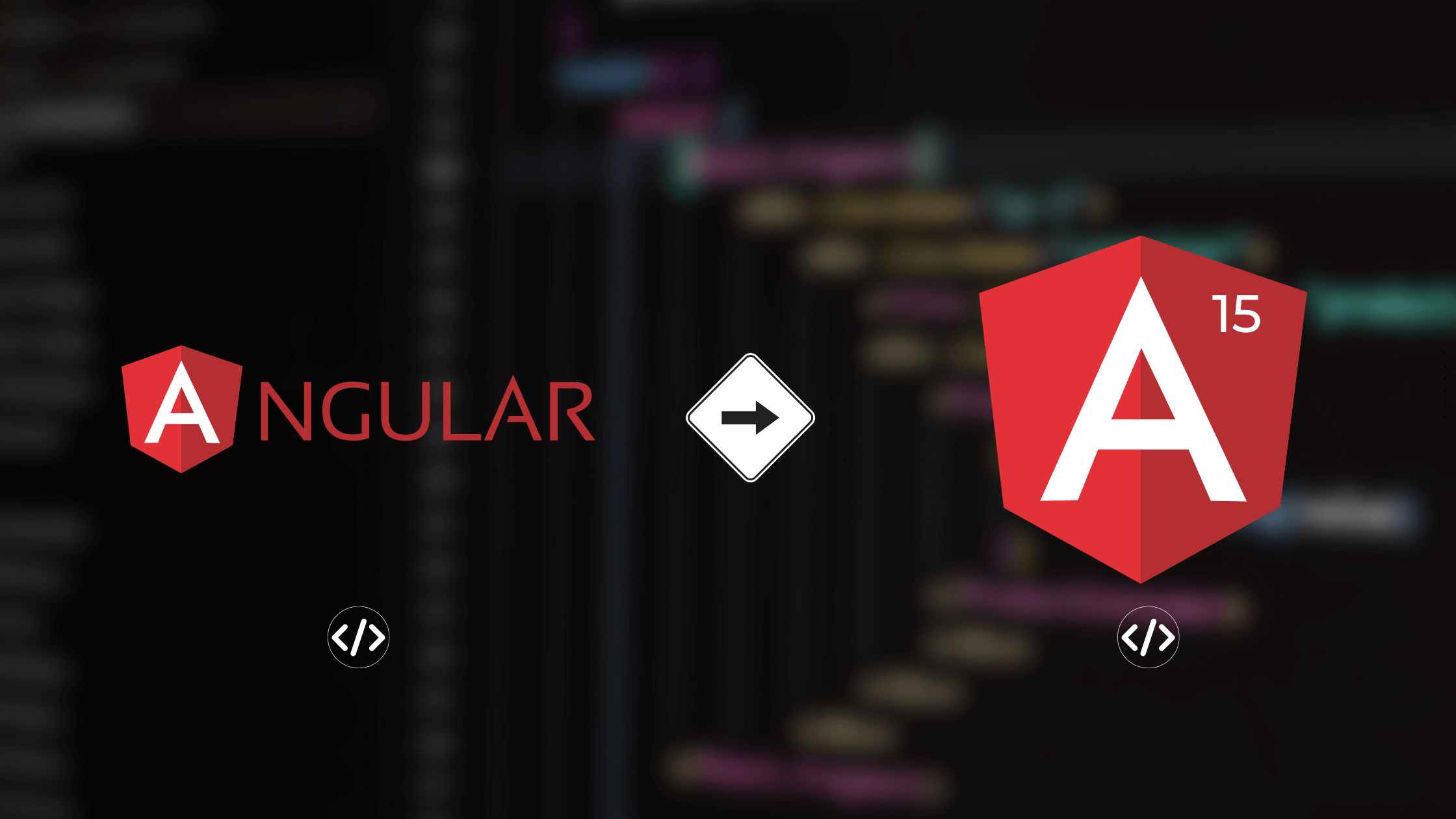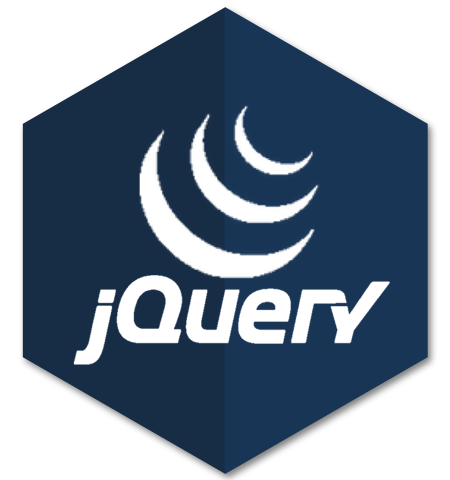Description
Introduction
This training program is designed to help participants gain a solid understanding of Angular fundamentals and TypeScript, which is essential for building scalable and maintainable web applications. Angular, as a popular front-end framework, combined with TypeScript, a powerful typed superset of JavaScript, provides a robust development environment for building interactive single-page applications (SPAs). By the end of this training, participants will be equipped with the knowledge to develop Angular applications efficiently using TypeScript.
Prerequisites
Before attending this training, participants should have:
- Basic Knowledge of JavaScript:
- Understanding of JavaScript basics, including variables, loops, and functions.
- Familiarity with ES6 features like arrow functions, template literals, and destructuring.
- HTML and CSS Knowledge:
- Ability to structure web pages using HTML and style them using CSS.
- Basic Command Line and Development Environment Setup:
- Experience with using terminal/command-line tools to install packages.
- Familiarity with setting up Node.js and npm (Node Package Manager).
Table of Contents
1: Introduction to Angular and TypeScript
1.1 What is Angular and why use it?
1.2 Overview of Angular architecture
1.3 Introduction to TypeScript: Why TypeScript with Angular?
1.4 Setting up Angular development environment with Angular CLI
2: TypeScript Fundamentals
2.1 Introduction to TypeScript syntax and types
2.2 Variables, functions, and control structures in TypeScript
2.3 Type annotations and inference
2.4 Interfaces and classes in TypeScript(Ref: IOS application using React Native +Typescript+Swift)
2.5 Modules and namespaces in TypeScript
3: Angular Core Concepts
3.1 Angular components: Building blocks of the UI
3.2 Angular modules and NgModules
3.3 Templates, data binding (interpolation, property binding, event binding)
3.4 Angular directives: ngIf, ngFor, and custom directives
4: Angular Services and Dependency Injection
4.1 Introduction to services in Angular
4.2 Setting up and injecting services using Angular’s Dependency Injection system
4.3 Using services for data sharing across components
5: Angular Routing and Navigation
5.1 Introduction to Angular Router
5.2 Setting up routes and navigating between pages
5.3 Passing parameters in routes
5.4 Implementing route guards for protecting routes
6: Forms and User Input Handling
6.1 Template-driven forms in Angular
6.2 Building forms with Reactive forms
6.3 Form validation: Built-in validators and custom validators
6.4 Handling user input and form submission
7: Introduction to HTTP and API Integration
7.1 Introduction to Angular HttpClientModule(Ref: Mastering Adobe InDesign Tools and Panels)
7.2 Making GET and POST requests to RESTful APIs
7.3 Handling responses and error handling
7.4 Observables and RxJS basics for handling asynchronous data
8: Component Communication and Data Flow
8.1 Parent-child component communication with Input and Output decorators
8.2 Sharing data between components using services
8.3 Using event emitters to send data from child to parent
9: TypeScript Advanced Features in Angular
9.1 Working with generics in TypeScript
9.2 TypeScript decorators and how Angular uses them
9.3 Strongly typed services and components
9.4 Working with complex types in Angular applications
10: Debugging and Testing Angular Applications
10.1 Debugging Angular applications using browser developer tools
10.2 Introduction to unit testing with Jasmine and Karma
10.3 Writing test cases for components and services
11: Best Practices for Angular Development
11.1 Following the Angular Style Guide
11.2 Best practices for component and service organization
11.3 Ensuring performance with change detection optimization
11.4 Code reusability and modularization
12: Hands-on Project: Building an Angular Application
12.1 Creating a simple CRUD (Create, Read, Update, Delete) application
12.2 Working with forms and user input
12.3 Integrating an API to fetch and manage data
12.4 Routing and navigation in the application
13: Conclusion and Next Steps
13.1 Recap of Angular fundamentals and TypeScript integration
13.2 Future learning resources and advanced topics (state management, NgRx, etc.)
13.3 Best practices for continuous improvement as an Angular developer
Conclusion:
This course empowers developers with a thorough understanding of Angular and TypeScript fundamentals, enabling them to create robust, efficient, and maintainable web applications. By integrating TypeScript with Angular, developers can harness the power of type safety and modern JavaScript features, while Angular’s comprehensive framework simplifies building SPAs. With hands-on experience, participants will be ready to tackle real-world projects and build interactive, responsive, and scalable applications.







Reviews
There are no reviews yet.